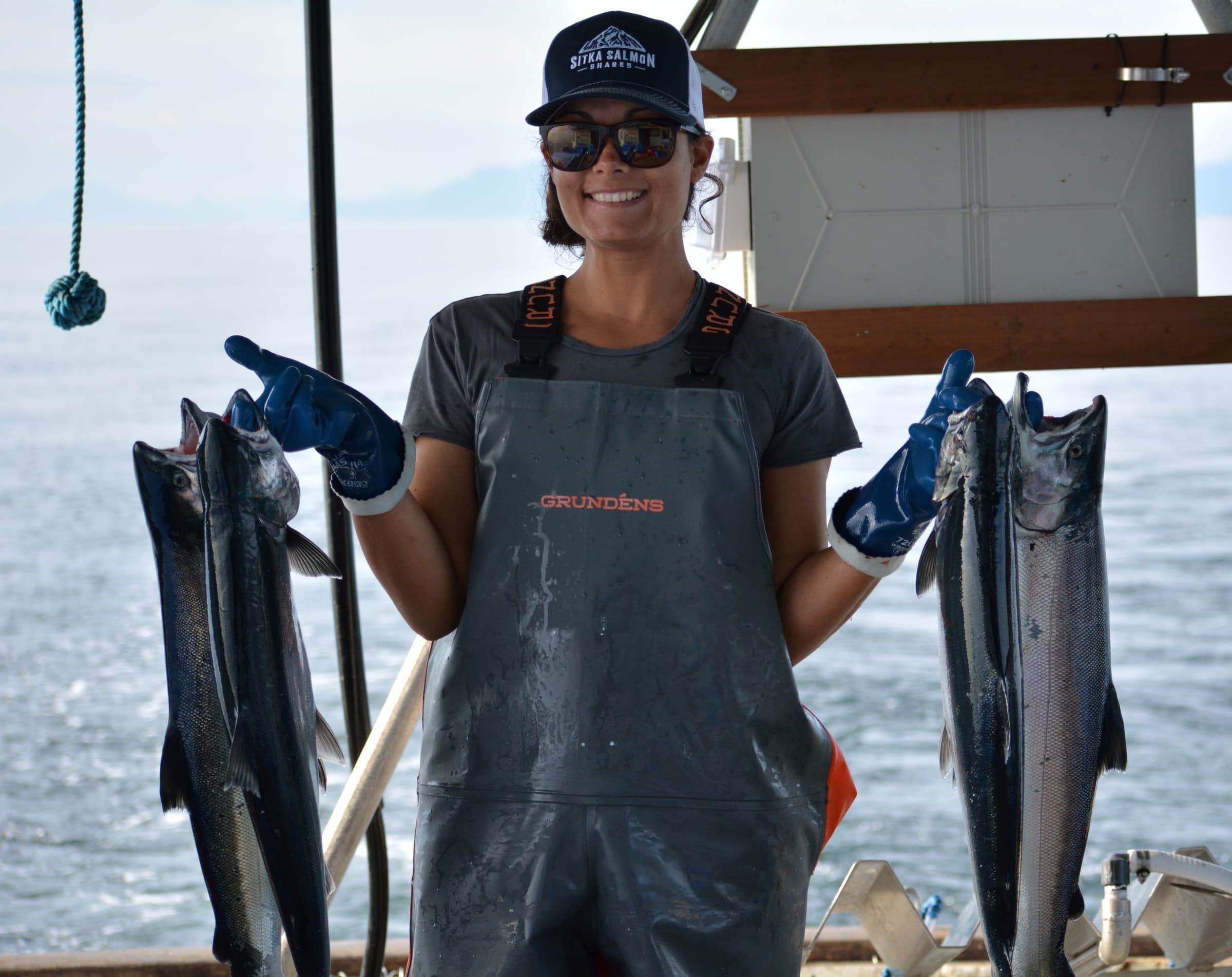Like grandpa’s smoked salmon or the neighbor’s salmonberry jam, food always tastes better when there’s a story behind it. At Sitka Seafood Market, we strive to tell the story of wild salmon and the Alaskan fishermen who harvest it. To do that story justice, we need to explain just how different wild salmon and farmed salmon really are. Habitat, time, origin, diversity, and flavor are key. It’s these factors that make the story of wild salmon worth telling.
1. Habitat
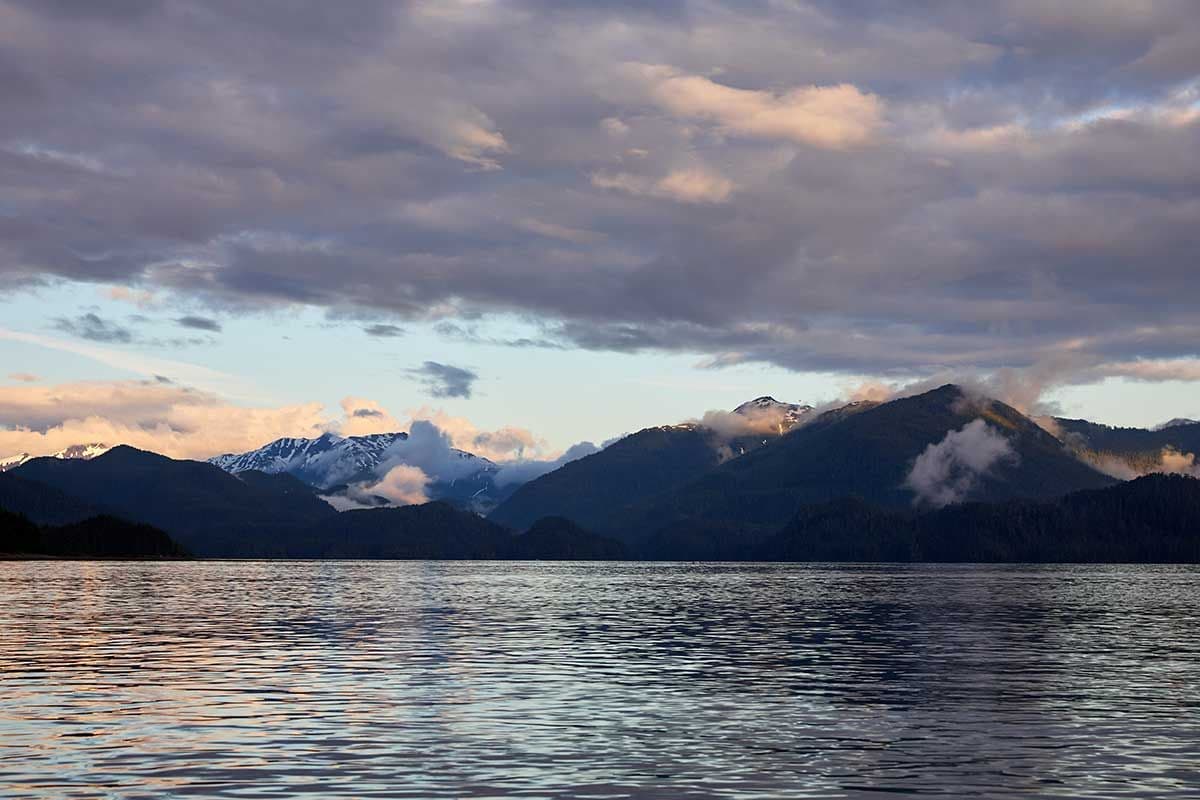
Farmed salmon, or aquaculture-produced salmon, are harvested from large caged areas known as net pens. Wild salmon, however, are harvested from their wild habitat —the vast open ocean, bays, estuaries, and river systems that support their unique cycle of life. One of the last vestiges of the hunter-gatherer, commercial fishermen use a combination of skill, knowledge, and luck to be in the right place at the right time. The best spots along Alaska’s vast fishing grounds have names known only to fishermen. Passed down through generations of weathered skippers, places like “the hog trough” or “the double 18s” are not names you’d find on maps — they’re trade secrets that you earn.
These places have the right make-up of physical characteristics, like current patterns and landforms beneath sea level, and interconnected biological characteristics, like prey availability and salmon migration pathways. Fishermen would like to tell you that location is the deciding factor in the success of a wild capture fishery, but there is much more than a dot on a map that fills the boat with high quality, wild salmon.
2. Time
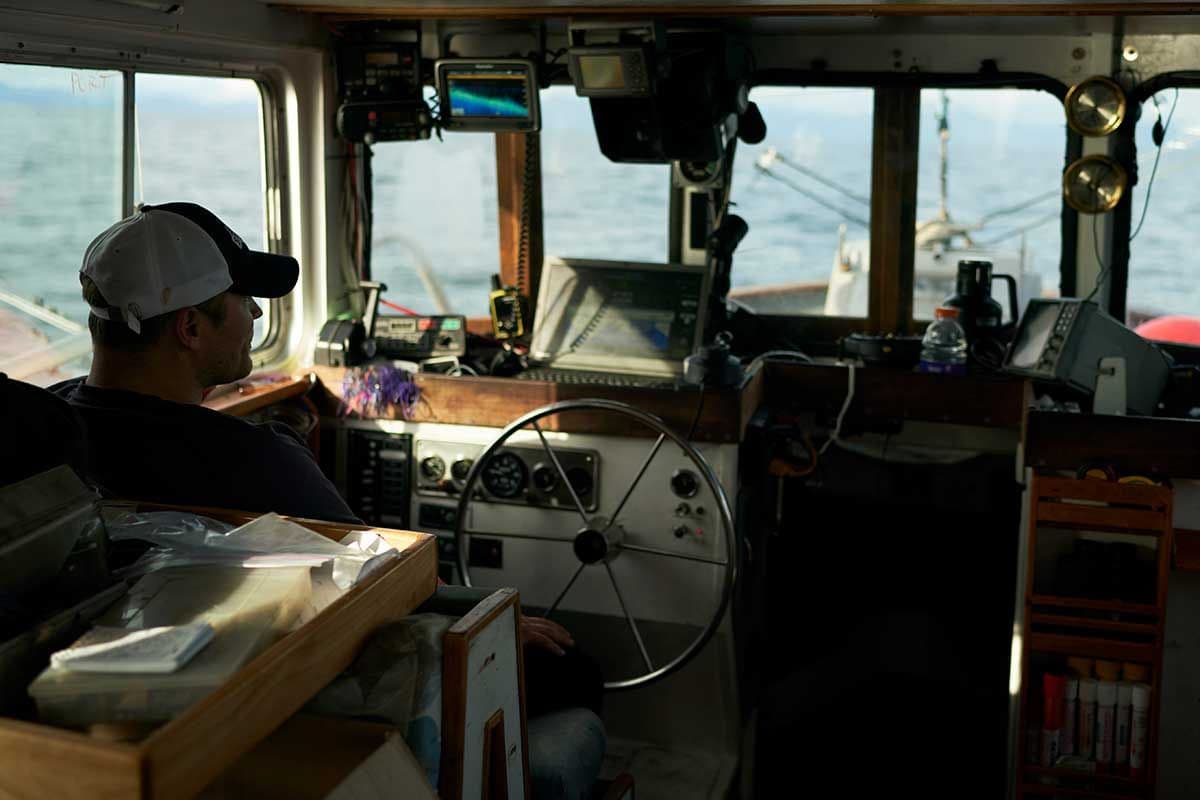
Farmed salmon are most often raised in 30-60 meter diameter net pens until they are two to three years old, when they are collected for production. By contrast, the wild salmon life cycle starts in freshwater systems (rivers, lakes, and streams). They live there for one to two years as eggs and later fry before migrating to the ocean and maturing for anywhere from one to five years. During this time, they make great migrations, sometimes traveling up to 40 miles a day following large ocean currents. Fishermen catch wild salmon predominantly in the summer and fall as the fish return to the freshwater environments they hatched in to reproduce and complete their life cycle.
Alaska salmon fishermen balance the fishery conservation decisions set forth by managers by fishing only in certain areas, during certain seasons, or with certain gear with the daily decisions in response to tides, currents, weather, gear upkeep, and quality handling practices to catch the lion share of salmon harvested during the summer months of May-September.
There is an inherent study of the rhythm of nature and a keen eye for small changes in the ecosystem that guide fishermen to that unique time and place where a set or drag results in a solid catch. Each year, the return of salmon marks a special and unique season in Alaska that triggers a cascade of events connected not only to fishing communities, but also to the ecological ebb and flow of nature.
3. Origin
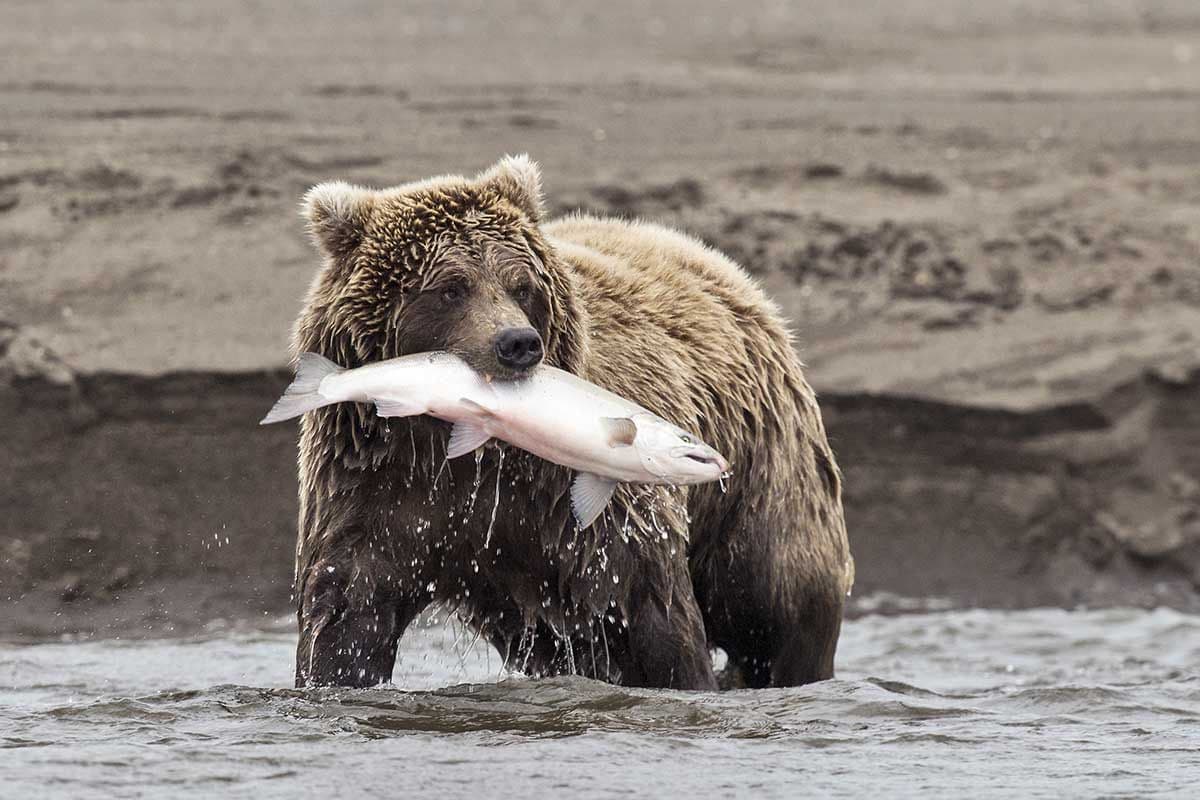
The relationship with salmon and its importance to the people and land are seen in the centrality of salmon across cultures in Alaska. The beliefs and practices associated with its harvest are many and complex, reflected in the social and spiritual identities and the economic livelihood of Alaska’s people. Wild salmon are more than just a resource, they are a way of life in Alaska shared through projects such as Salmon Life. Fishermen and the fishing community are just one culture that shares a relationship to salmon as a resource.
About 98% of wild salmon harvested in the U.S. is caught in Alaska, so there is a good chance that when you purchase wild U.S. salmon, you are supporting coastal Alaska fishing communities.
By purchasing wild Alaska salmon, you are supporting the livelihoods of thousands of independent fishermen. In contrast, the majority of the production of farmed salmon is owned by ten multinational corporations.
It is commonly assumed that purchasing farmed salmon helps conserve wild salmon populations. This is simply not true. Wild salmon from Alaska are responsibly managed to sustain populations for generations to come — independent from the production of farmed salmon.
Since its inception, large-scale farmed salmon production has undergone routine criticism for its impact on wild species and their habitat. Wild salmon, however, play a unique and essential role in their ecosystem as the main source of marine nutrients to support terrestrial food webs. Recent scientific research highlighting their ecological importance to freshwater systems refers to this as ‘salmon-derived nutrients.’
4. Diversity
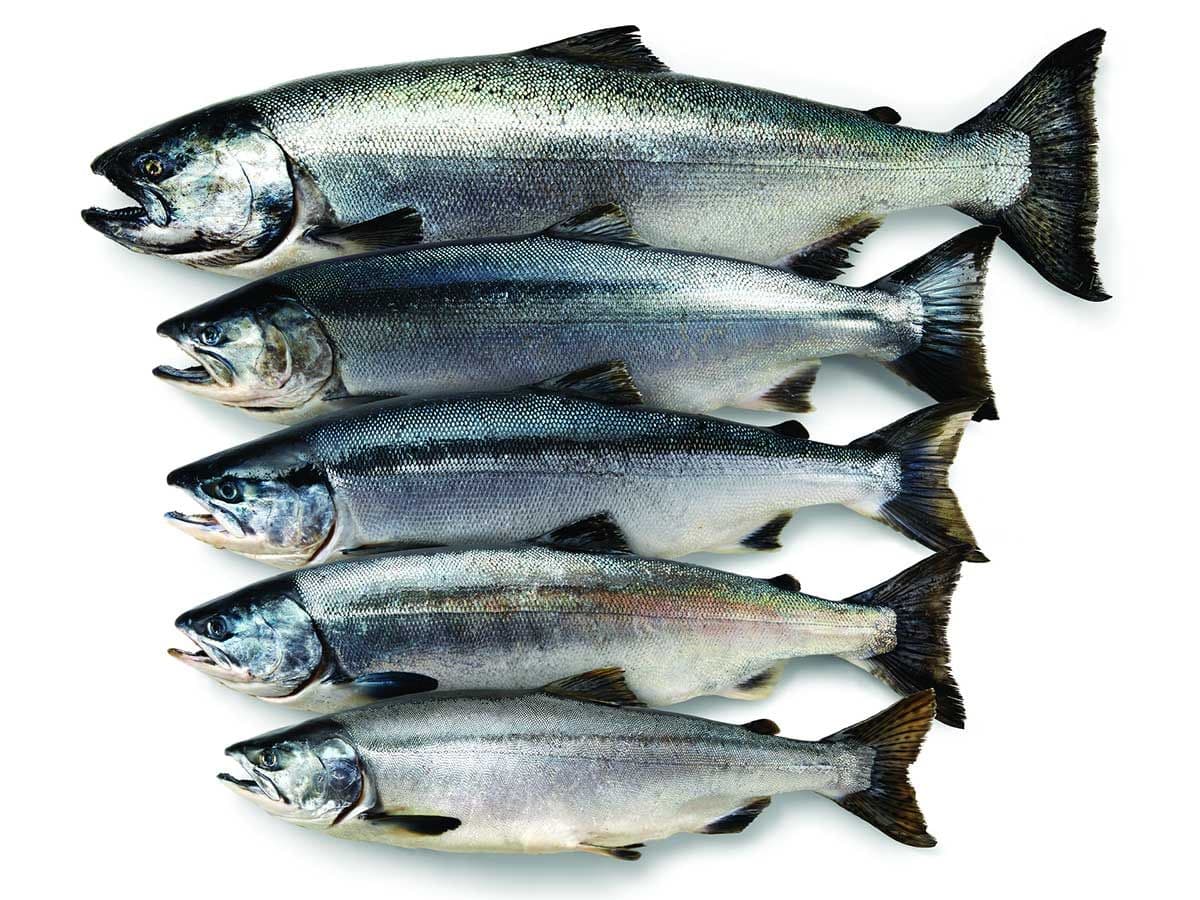
While farmed salmon are most often Atlantic salmon, Alaska has five commercially harvested wild Pacific salmon species. These species have different life histories and play unique roles in supporting the ecosystem. In school, Alaskan kids are taught the diversity of the harvested salmon species in Alaska by referring to their fingers: the thumb is for chum (keta), pointer is for sockeye, middle is for king, ring is for silver (coho), and the pinky is for pink salmon. The different species of salmon define the different harvesting techniques and fishing areas by fishermen. Since sockeye and pink salmon are predominantly filter feeders, eating small marine animals known as plankton, fishermen use gillnets and purse seine nets set closer to shore. Whereas king and coho salmon eat herring and other forage fish, fishermen use hook and line troll gear, often fishing farther off the coast. Keta salmon are opportunistic feeders, eating both plankton and fish, so fishermen can use nets or hook and line to catch them.
5. Flavor
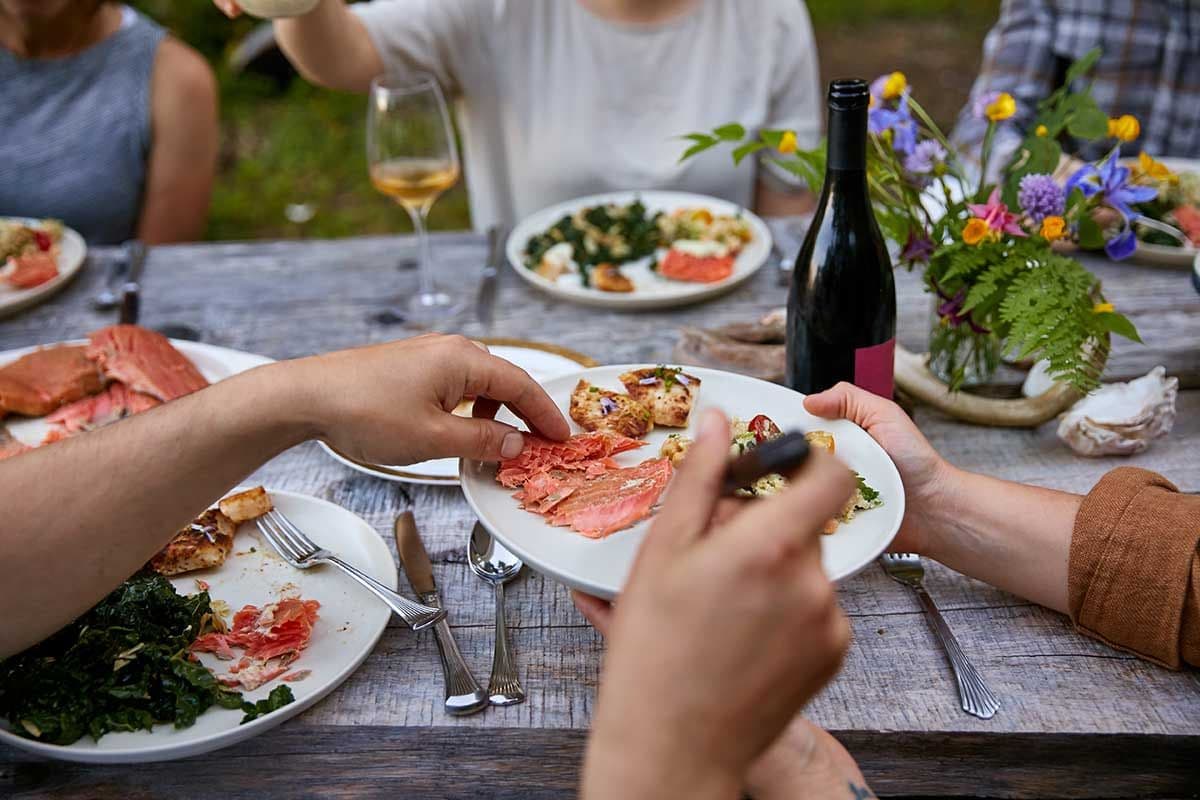
The diet of fish is a key factor in the resulting flavor and nutrient profile. Farmed salmon are fed a combination of materials, including fish oil and fishmeal from wild fish, and offer a consistent taste and look. The natural diet of wild salmon and the unique and robust flavor profiles of each species makes for a culinary adventure in taste and appeal. Color hues ranging from the bright reds of sockeye, to the ivory white of some king salmon, are complemented by the spectrum of salmon flavor from subtle to full.
When comparing farmed and wild salmon, we need to move beyond the arguments that polarize the conversation and lean into the story. To know where your food comes from and understand how it sustains and defines communities is the next best thing to harvesting food yourself. As a member of Sitka Seafood Market, you are part of the Alaska salmon community and now play a key role in sustaining wild Alaska salmon.
Want to taste the wild difference? Receive monthly shares of premium wild Alaskan salmon directly to your door along with recipes, expert culinary advice, and stories about the fishermen that help bring dinner to your table.
